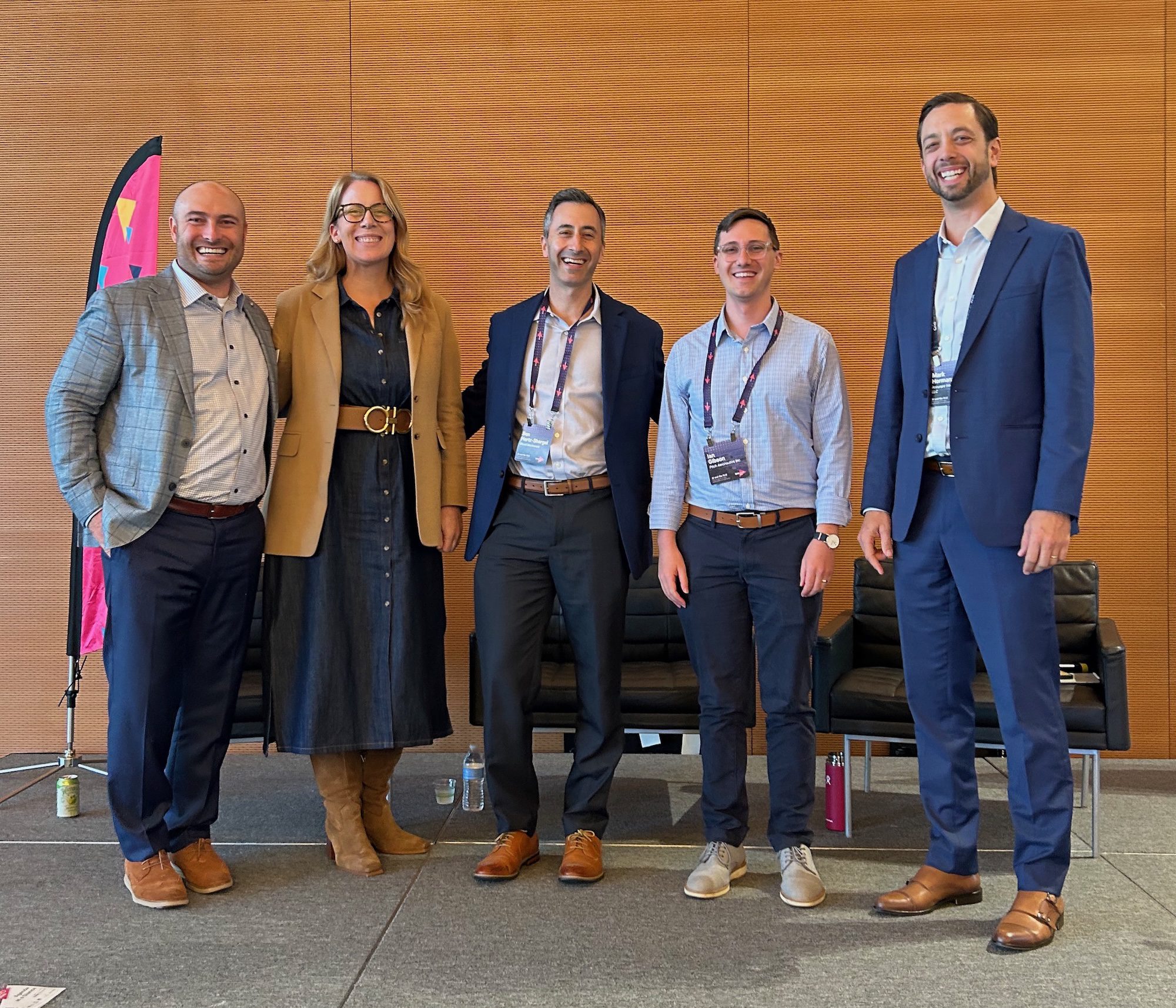By Erik Gilbert, Director, Navigant
As AMI rolls out, how do utilities find operational insights in a surging river of data?
This was the key question in one exciting session at the GridFWD 2018 conference held last October in Vancouver. The conference featured plenary talks from BC Hydro and Portland General Electric, as well as an Efficient Grid Operations track comprising four deep dive sessions with expert practitioners.
One particular session, Getting Deep Value with Advanced Metering Data Sets, unveiled timely insights into the state and promise of utility analytics. Representatives from Avista, BC Hydro, Itron, Sensus and Trove Analytics, had a wide-ranging discussion on the state of AMI data analytics in the region and across North America. The good news is that AMI deployments are progressing across the region. However, a big challenge now is what to do with all that metering data? The panel discussed emerging best practices about the promising models to maximize AMI investment value.
Ajay Kumar, keynote speaker and Director of Lines Asset Planning at BC Hydro, set the stage by presenting details from years of experience with deployed AMI, including:
- Reduced major storm impacts
- Over 450k customer interruptions avoided in 2016 and 2017
- More accurate billing
- Operational improvements
- Cost savings from reductions in manual meter reads, non-technical losses, bad debt and avoided truck rolls
How can other utilities find these and other benefits in their rapidly growing AMI databases? Here are six insights we noted from the panel session:
1) Ask the end user. It is absolutely critical, when defining use cases for AMI data, to work with the ultimate user of the data analysis to understand what is valuable and actionable. For example, work with Operations to define an actionable problem, and then to work with them to understand how to integrate it so it becomes business-as-usual. Sometimes this means you have to solve a slightly easier problem (not as cutting edge from an analytical perspective) because that’s what Operations can absorb. Another way to look at this: Taking a bottom-up approach to defining use cases can be much more useful than taking a top-down platform approach.
2) Think in terms of a hierarchy of use cases, with increasing complexity. It should include these cases in particular:
- Diagnostic Analytics of revenue protection, phase mapping and meter to transformer connectivity
- Customer Focused Insights including nested outage identification, feeder-level time of use, advanced resource planning and advanced short term load forecasting for distribution
- Predictive Insights for predictive asset failure and future outage detection/prediction
3) However, data resolution may be a gating factor. Utilities are still trying to figure out if 15-minute data is the real goal, or if higher resolution data is worth the cost and effort—for example, to sell to home appliance manufacturers. Older business cases for AMI never envisioned such uses.
4) Business cases improve as metering technology improves. Some earlier meter hardware and systems are only capable of doing integer reads, and voltage readings once a day, which of course limits what you can do with the data.
AMI data can be messy and no one’s data is perfect, but even with that every utility in the room already has the data to be 20% to 30% more efficient on many identified use cases.” – Tom Martin of Trove and formerly PG&E
5) Consider a combination of edge and centralized capabilities. AMI vendors are now incorporating much more processing power in the meters themselves, and in other edge devices. So some utilities are evolving their strategies to push capabilities out to the edge. However, there is integration of AMI data and other systems can still be challenge.
6) The bottom line is you want to go with simplest way to achieve value. For example, getting data on what phase meters are on helps validate connectivity model is of immense value. This brings us back to the first insight: what strategy will benefit the end user of the data, and chose the simplest approach to achieving that.
Looking forward, there are architectural decisions to be made about the architecture and use of edge technology. The utilities on the panel agreed there are still many unknowns about where the biggest value lies in AMI data. But, operational benefits are already being broadly gained, and many use-cases show promise for additional grid efficiency.



